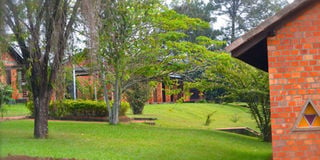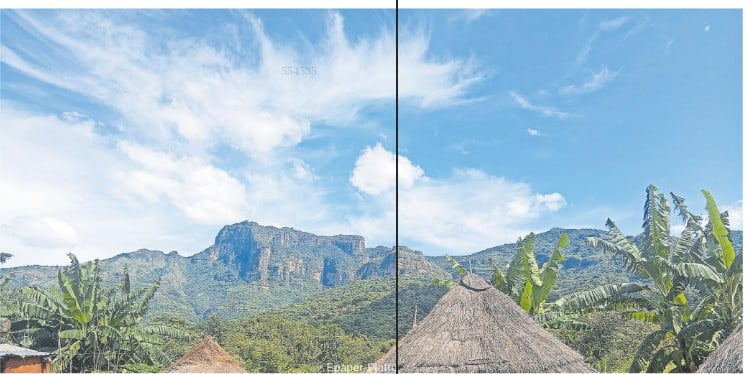Prime
Planting trees in a compound

Only plant many trees if you have a large compound, otherwise the compound may end up conjested.
What you need to know:
Many tree lovers tend to simply pick up a tree seedling plant it any how without first studying the technique behind the tree planting process. Racheal Irene Nalubega takes you through how unprofessional tree planting could pose a hazard to you and your family
Fruit trees are well known for their bearings, fruits.
Most home owners have used them in their compound because planting them is like hitting two birds with one stone; for the shade and fruits.
Other trees such as desert trees and umbrella trees are often planted because of not only the shade, but also for the beauty they bring to the compound with flowering. However, it is necessary to know where and how tree planting can be done to avoid the disaster that comes with unprofessional tree planting.
According to Justine Nabwami, a compound designer at Jasmat Creations in Ntinda, different trees are planted differently given their different traits that once planted wrongly could ruin your compound structure and nearby constructions.
“Trees with big protruding roots, tall trees and those with big stems should be planted far away from the house because of the danger they pose. These trees can easily destroy the house from the foundation once their roots reach it. For the tall trees, their branches tend to break and could destroy the house roof or windows”
Planting format
For easy planting of these trees without the help of a professional, Nabwami advises on two simple formats any home owner can use to have a beautiful and hazardous-free compound.
“The straight line tree planting format is more ideal when planting trees that grow tall because of the beauty they bring to your compound.”
Another simple applicable format that is often used by people is the scattered tree format where different trees are scattered around the compound. Orchards are often recommended to be planted in this format because of their need for space and soil minerals to bear fruits.
Space determines number
Many people seem to plant trees without bearingin mind the right number of trees their compound needs, but just want to fill up the space that is available David Seruga, the director, Environment and Landscape Consults, discourages this practice given its hindrances.
“It is important to first consider the space you have and that will determine the number of trees you should plant having it in mind that the trees need to be spaced enough to bring out the beauty aimed for and also avoid interlocking of branches if it is not what you are aiming at.”
Nabwire also adds that the number of trees planted in a compound should be reasonable, because the compound needs to be balanced and the trees should always be two metres away from the perimeter wall.
Maintenance
All trees shade leaves, but there are those that shade more than the others so it is always wise to know these trees and put them at a distance from your house or main door because they need constant cleaning which you may not be able to do
Already grown firm tress do not need watering unless the dry season is persistent but for the newly planted ones, constant watering will enable the tree to stand firm to an extent of self-sustenance.
And when it comes to pruning, it is wise to cut the new branches and old branches and not tamper with the healthy grown ones. Cutting the new branches will enable the tree to sprout more branches and if it is a case for the fruit trees, these will bring about fruit growth.




